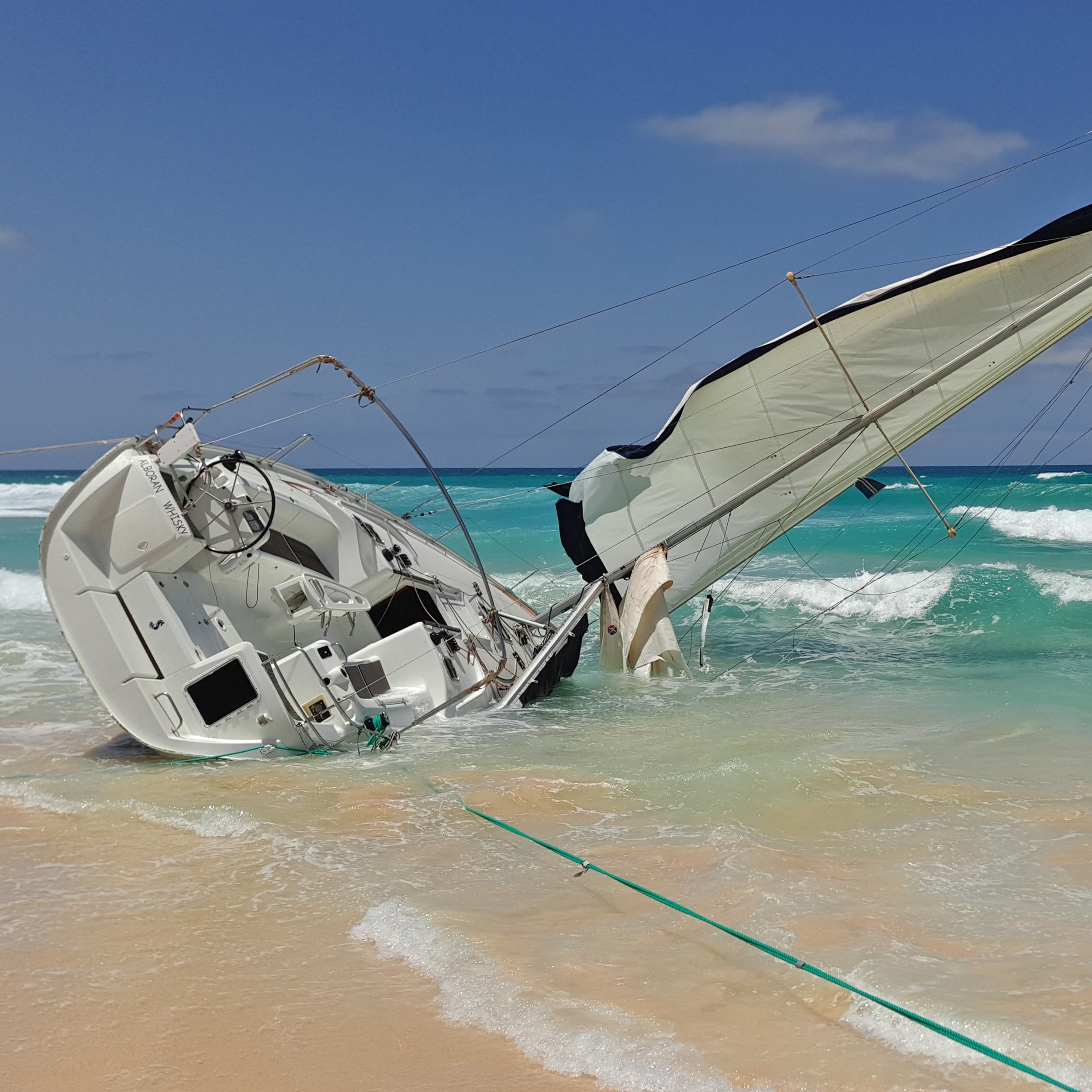WHAT ARE THE MOST COMMON BOAT ACCIDENTS?
This is a popular question, one that many boaters ask in the hope of preventing the most frequent mishaps. Every year, boating accidents cause thousands of injuries and deaths across the world.
A comprehensive data set summarising this information isn’t available. However, the latest report released by the US Coast Guard (USCG) offers a sizeable sample and interesting figures.
In 2021, the USCG released a report on recreational boating statistics for the previous year. 2020 has seen a boom in the boating market and an increase in the number of vessels out on the water. The pandemic has inspired many people to enjoy the ocean, rivers, and waterways.
The US Coast Guard has observed an increase in boat sales and insurance policies taken out. Insurance claims and calls for towing assistance also grew.
The total number of reported accidents increased by 26.3%, compared to 2019. The number of deaths rose by 25.1% and the number of injuries grew by 24.7%. Where the cause of death was known, 75% of fatal accident victims drowned. 86% of these were not wearing a life jacket.
The most common vessel types involved in reported accidents were:
Open motorboats (46%)
PWCs (22%)
Cabin motorboats (13%).
Let’s look at the top 6 primary accident types recorded by the US Coast Guard in 2020. Note that these are primary accident kinds: they refer to the first event in a boating accident.
1) COLLISION WITH A RECREATIONAL VESSEL
Collisions between recreational vessels were the primary type of boat accident by a big margin. Crashes happen when two boaters don’t pay enough attention to what’s going on around them or misread the behaviour of the other vessel operator.
2) FLOODING / SWAMPING
Flooding and swamping occur when a boat fills with water but remains floating. Taking in water happens as a result of water ingress, typically when a hole forms in the hull or a seacock comes loose.
3) COLLISION WITH A FIXED OBJECT
Crashing into a fixed object, such as a marker, pontoon, or reef can cause hull damage, leading to flooding and swamping. The crash can also eject people from a vessel and turn any gear into projectiles that can injure the crew.
4) GROUNDING
Grounding, or running aground, happens when you drive a boat into an area that’s too shallow for your draft. The vessel can sometimes get stuck there. The force of the impact can turn loose equipment into projectiles and eject crew members.
5) FALLING OVERBOARD
Any boater can fall overboard at any moment if they are not careful. People typically fall into the water when they move around the boat without holding on properly, when they struggle to reel in a big fish, or when a big wave catches them by surprise.
6) CAPSIZING
A boat capsizes when it is overturned in the water and stays upside down on the surface. It then often slowly sinks. Boats can capsize due to big waves, overloading of the vessel, and unsafe boat handling.
HOW WERE THE VESSELS ENGAGED AT THE TIME OF THE ACCIDENT?
Most 2020 boating accidents happened when recreational vessels were used to relax, fish, tow for watersports, or swim. Some mishaps also happened when the boat wasn’t in use - at the dock.
Below we list the top 5 types of vessel operation at the time of the accident:
Cruising
Changing direction
Changing speed
Tied to dock or moored
Drifting.
So accidents mostly occur while a boater is cruising, changing speed, or changing direction. However, mishaps also happen to moored, tied, or drifting boats, too. You need to take care both when you’re at the helm and when you prepare to leave your boat unattended.
WHAT CAUSED THESE ACCIDENTS?
According to the US Coast Guard, the primary contributing factors to the accidents were:
Operator inattention
Operator inexperience
Improper lookout
Excessive speed
Machinery failure (such as engine or electrical system failure)
Navigation rules violation.
The vast majority of accidents can easily be prevented by driving or helming carefully, keeping a sharp lookout, learning the basics of navigation and the COLREGs, going at an appropriate speed, and regularly maintaining the vessel. These are basic skills and responsibilities all boaters must have and take. And just like when you’re on the road, you should not drink alcohol or use drugs.
Only 12% percent of deaths occurred on boats where the skipper had gained a boating safety education certificate.
Being a sensible boat owner doesn’t detract from the fantastic adventures you can have out on the water. It helps you feel more relaxed while boating and it gives you the confidence to bring family and friends with you.
For more information on the main causes of fatal boating accidents, head here.
At Deckee, we are passionate about keeping boaters safe. We don’t want to put anyone off from going out on the water to cruise or fish. It’s a lot of fun and everyone has a right to enjoy it. However, the ocean, rivers, and waterways can be dangerous environments, if you don’t follow safety protocols. That’s why we stress their importance so much.
With more and more people going out boating, we all need to act responsibly to reduce the risk of injury or death as much as possible.

